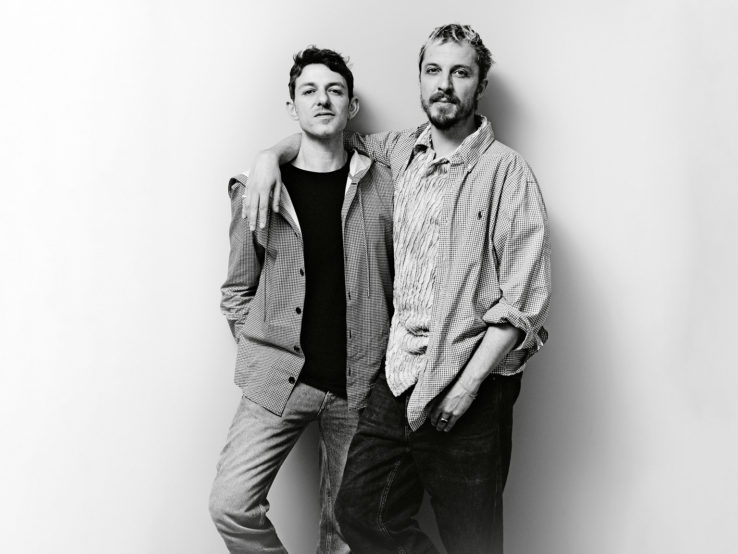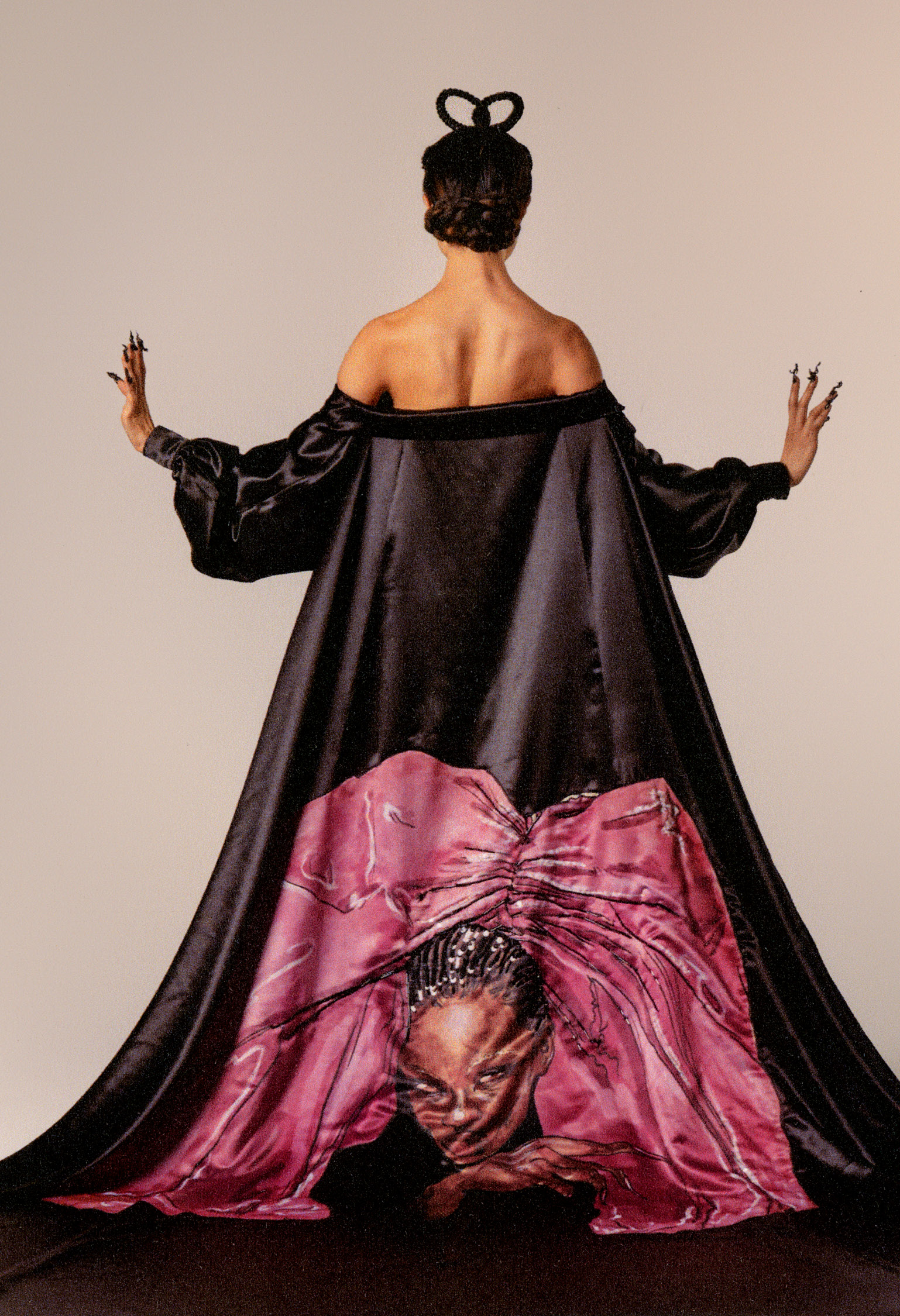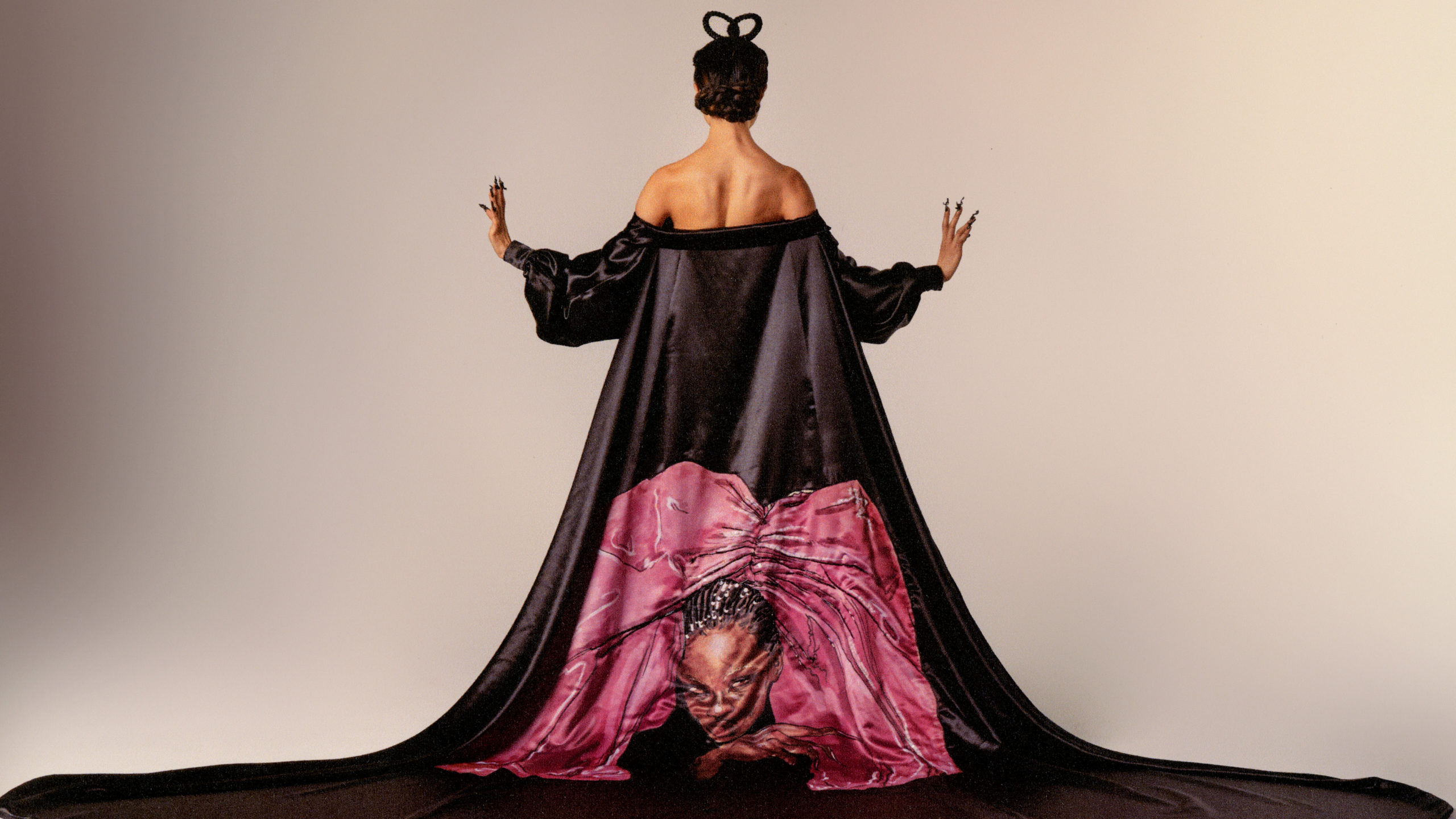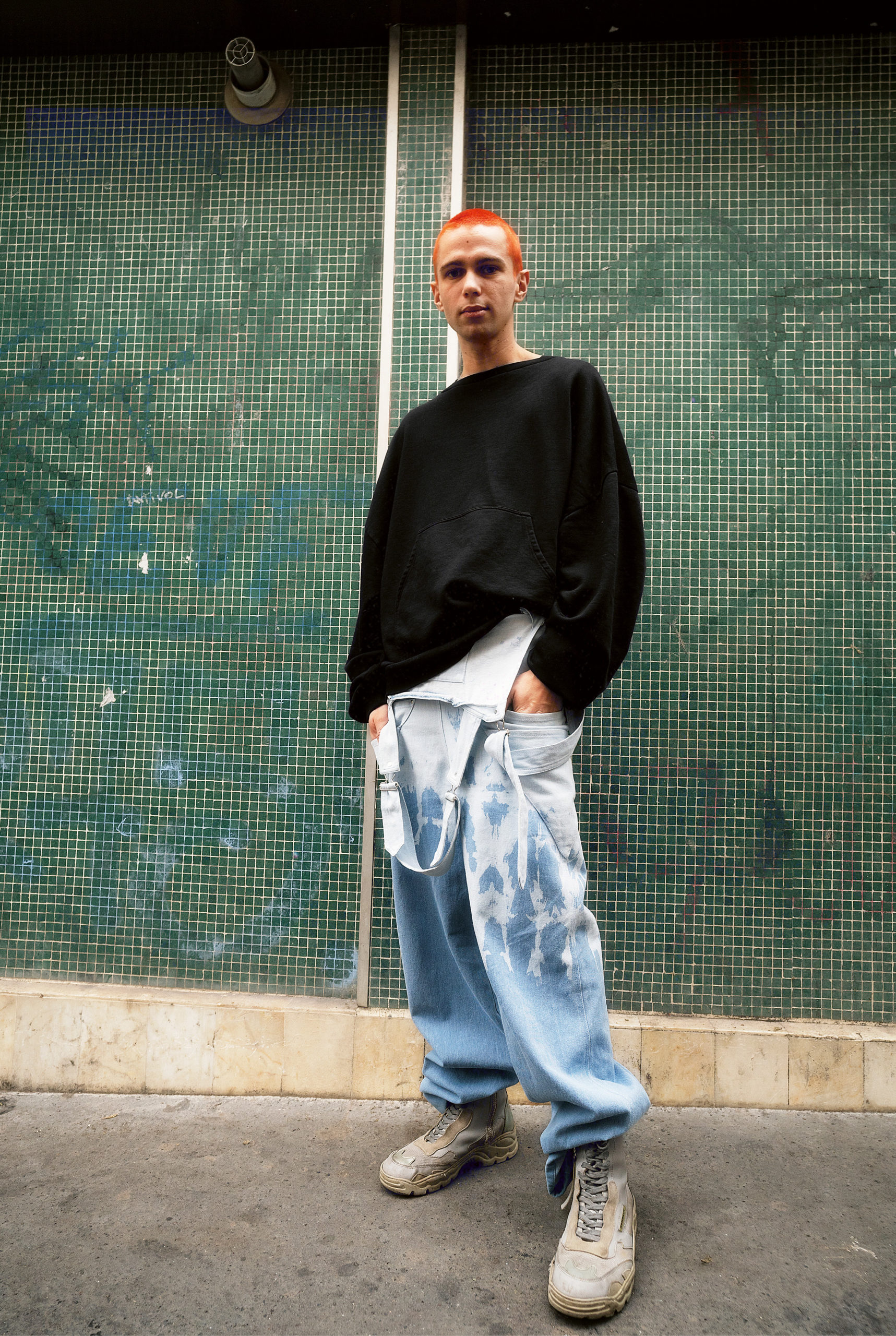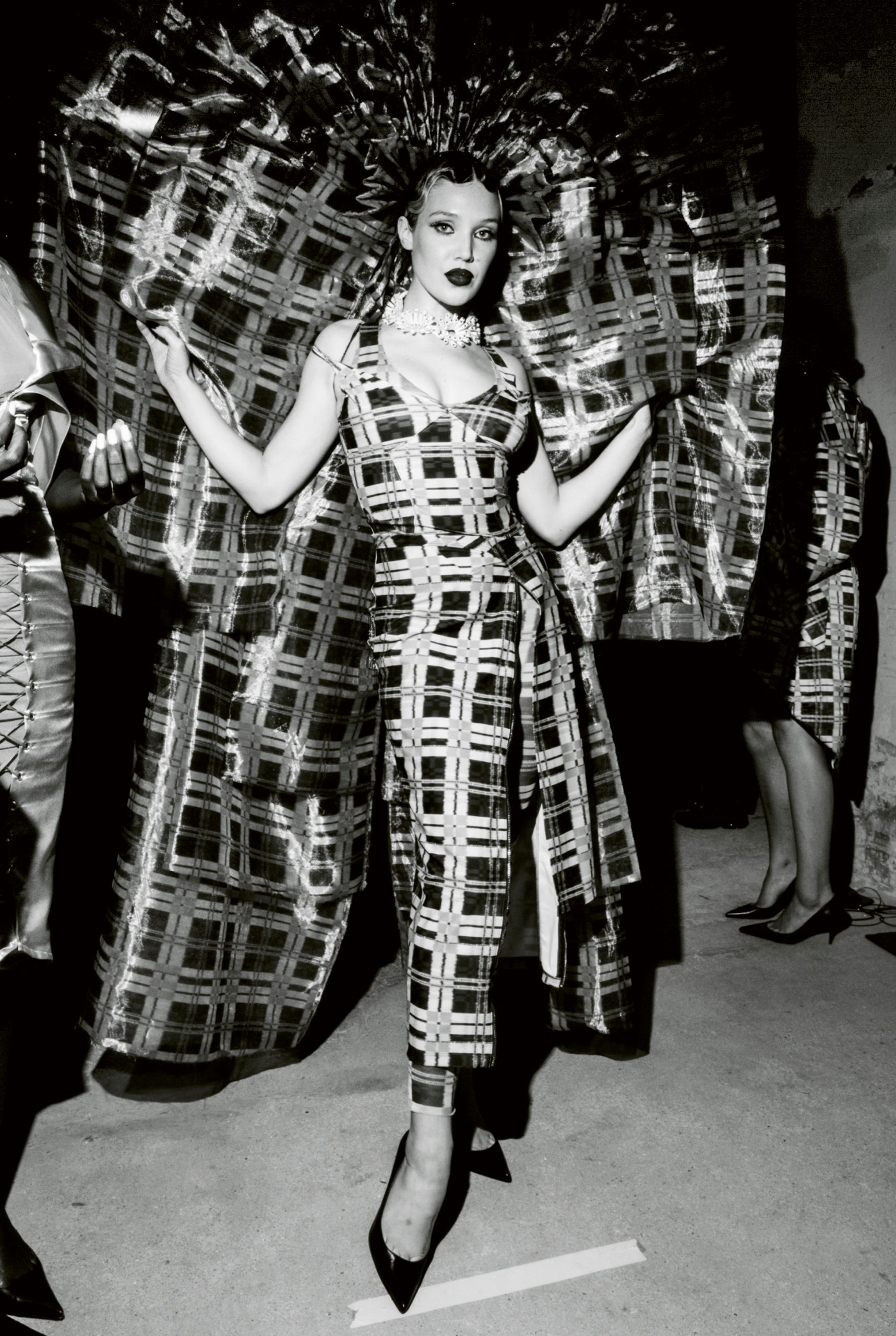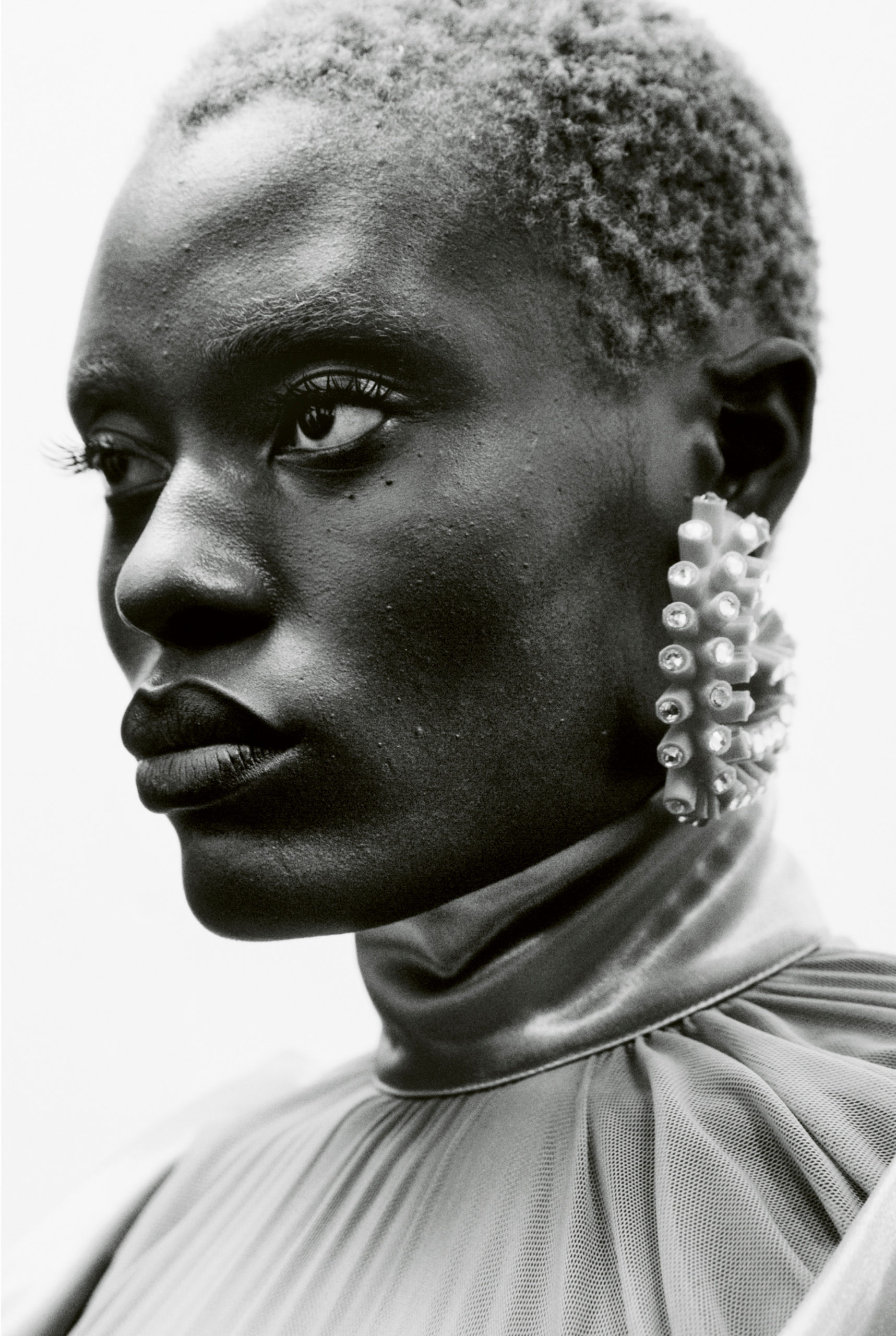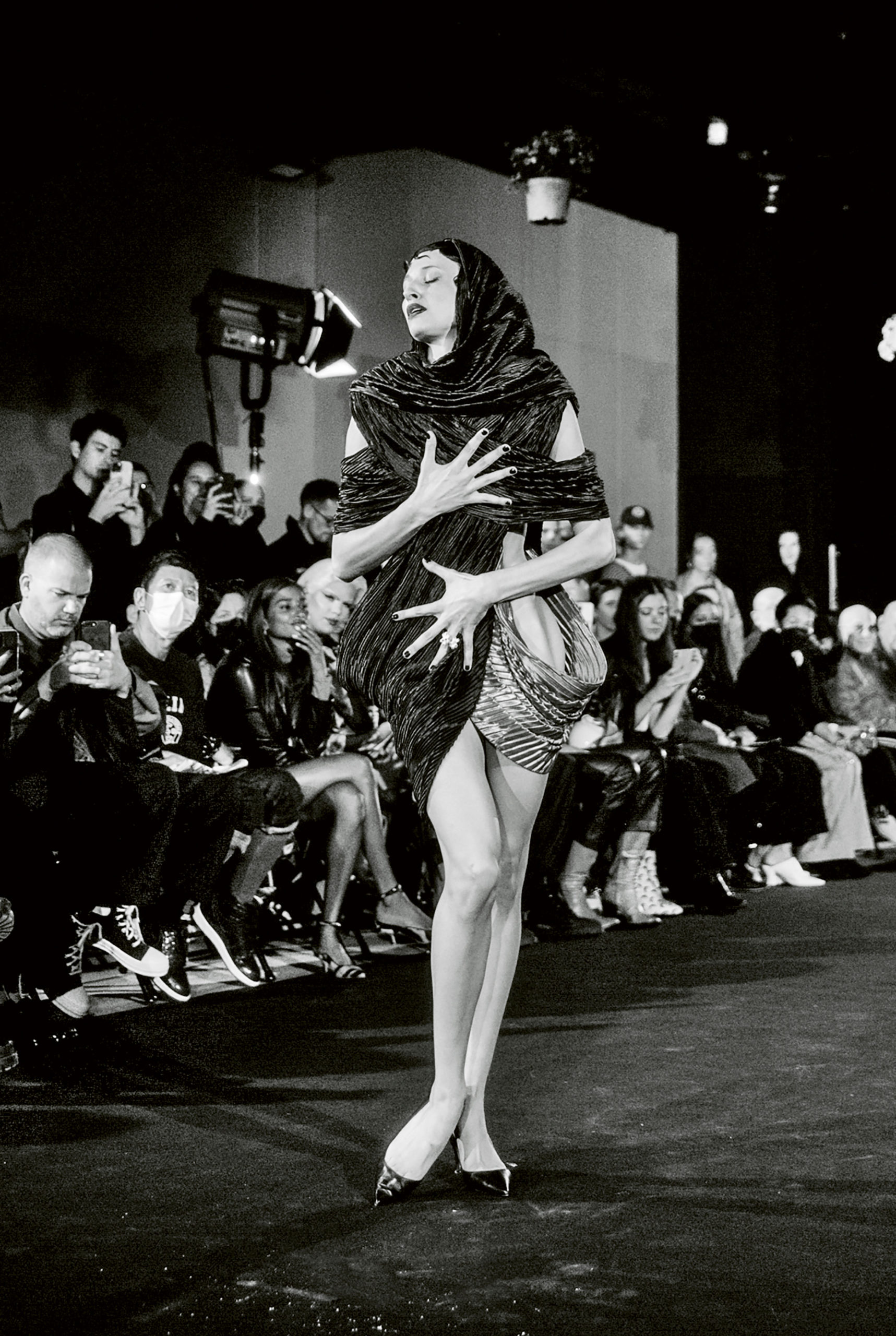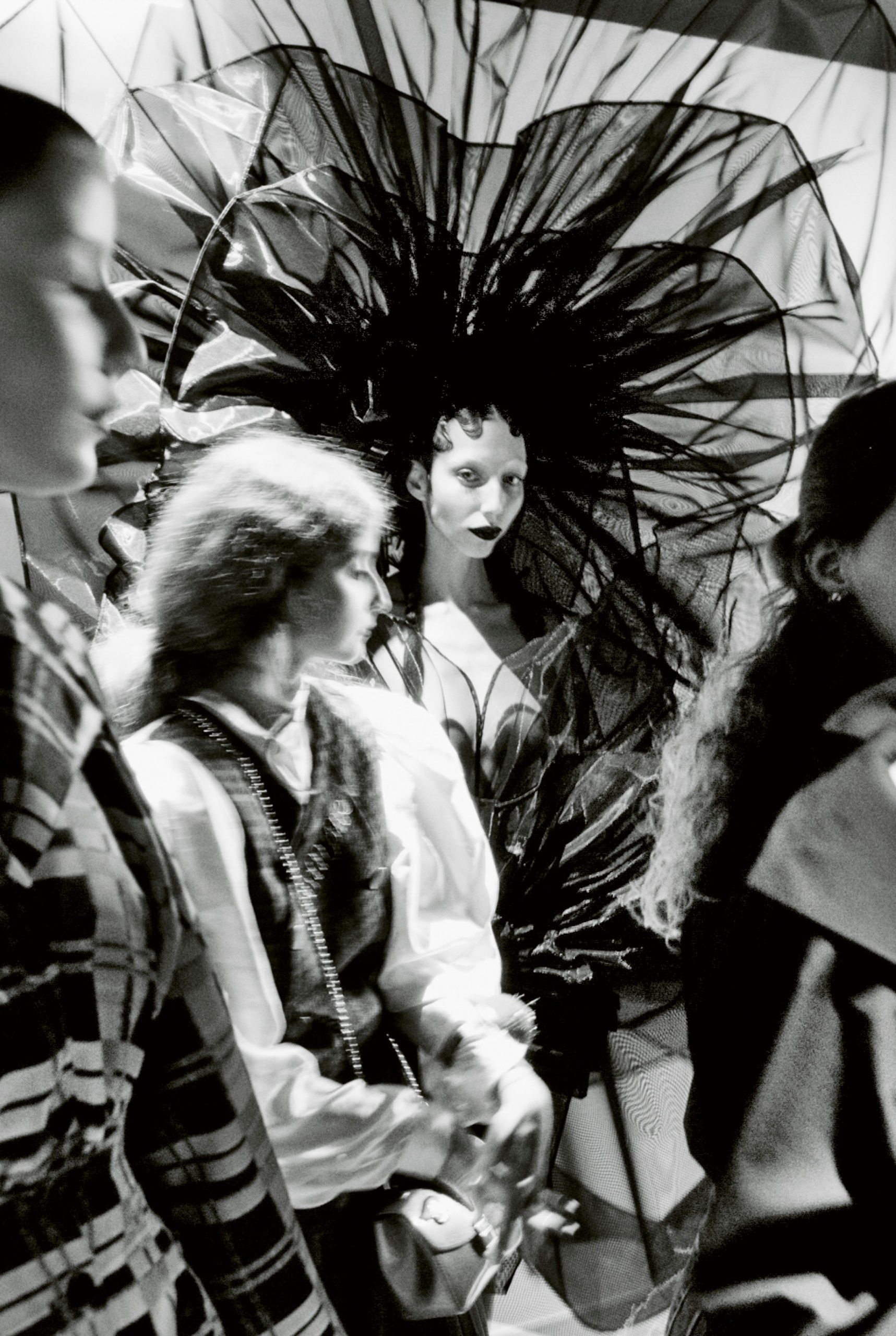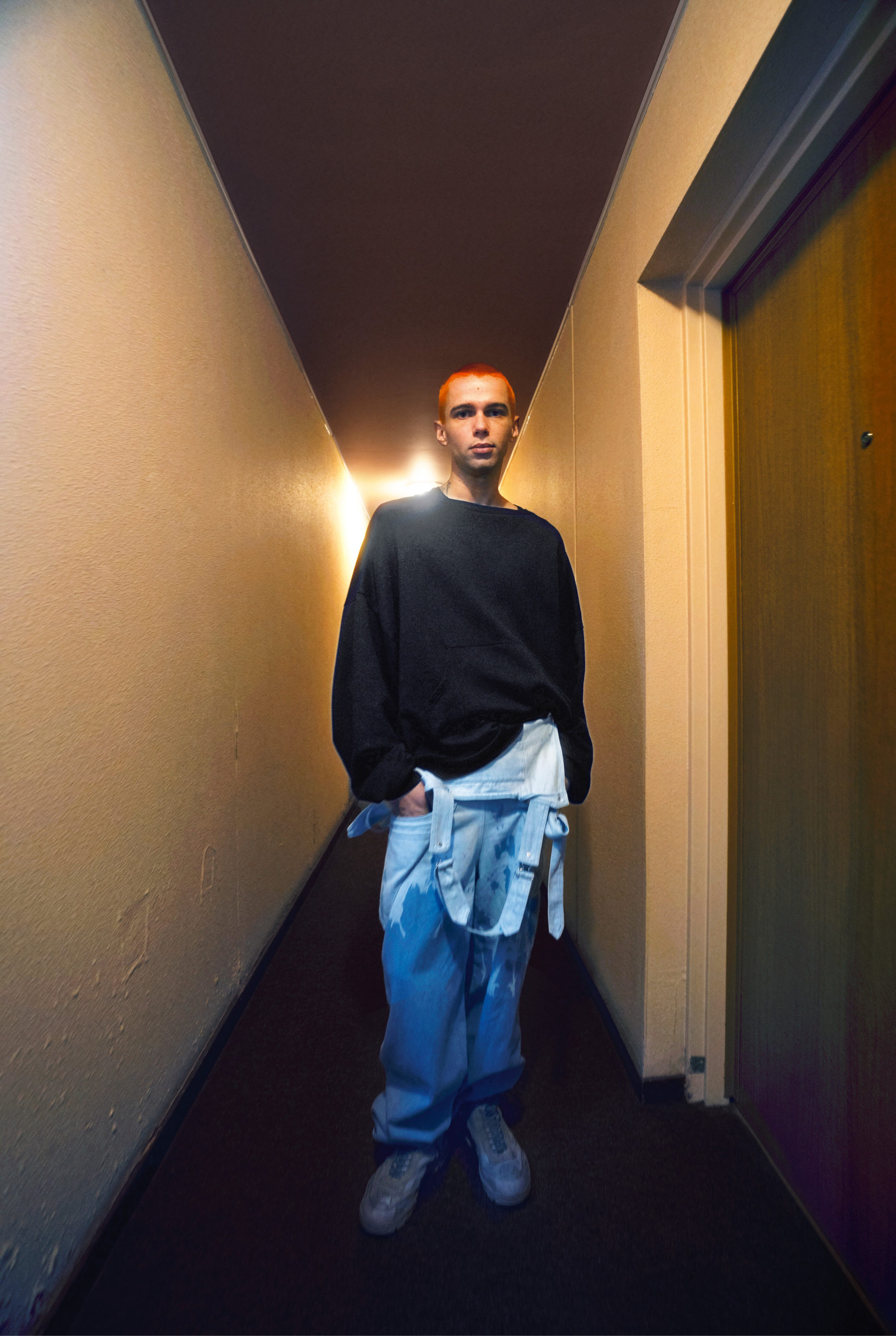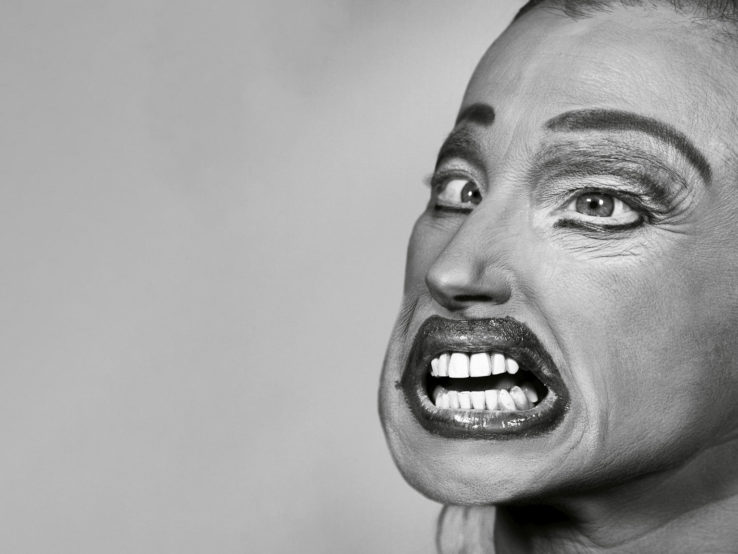5. HAVE FUN WHEN YOU CREATE
“The reactions to my work are the things I enjoy the most. I am often told: ‘It’s good, it’s funny’ rather than ‘It’s beautiful’. I really like the idea that you get into a delirium where funny can be pretty. I’m thinking of my big black XXL headdresses on the heads of the models on the catwalk like last season, or my Kougelhopf bag, big tassels… People will tell me that it’s quirky, it’s funny, it’s never meant to be purely pretty. I want to make people smile. For example, I’ve come up with a baguette bag inspired by Carrie Bradshaw’s in Sex and the City, a sculptural, rigid version, that you can use to put your drink down or roll a fag on, and you can unzip it, tie it around your waist and turn it into a fanny pack if you ever want to go dancing. I love the fact that a bag has many lives. The leather goods industry isn’t experimental enough to me. We think of it as couture, a form of sculpture that completes a silhouette. Having said that, I’m making a real distinction between my unwearable creations and my ready-to-wear pieces, meant to be sold and therefore worn. With the latter, I try to reflect my universe by adding a few details to a pair of overalls, for instance. The reality is that I would like to wear my clothes the same way my friends would wear them every day, so I also think in terms of a simplified commercial offer. The result is an in-between, for example, a corseted dress that is tight and suitable for everyday wear, with a lycra print of naked women in a slightly psychedelic pattern. My biggest concern is that people talk about it and think it’s beautiful without it truly finding its place in their everyday life.”
6. CULTIVATE YOUR COHORT
“Above all I love human contact, simple things and people, as I was able to observe with Jean Paul Gaultier, who treated everyone in the same way and surrounded himself with very different people. This desire to connect led me to work with people from all walks of life, with whom I have strong ties and who inspire me, such as Germain Louvet, a friend who is a dancer at the Paris Opera; with Mimi, a cabaret dancer, Raya (Martigny) and Amande (aka Bottes de Queer on Instagram) who walk the catwalk for me, with musician Sam Quealy, whom I also adore, all of whom are unique faces with strong personalities. There are also the Manko performers – I’m thinking in particular of Julie, one of my best friends, with an incredible look and presence, who brings along a very dark circus side. I like the idea that everyone has a story, a background, and that this contributes to the construction of a very rich narrative. And then it reminds me of my own, as a dancer, which I instinctively continue to take towards fashion.”
7. CELEBRATE YOUR HERITAGE
“When I was younger, I wasn’t really proud to say I was Alsatian, but over time I began to appreciate, and then to stand up for my cultural specificities: there is a particular brand of humour, the presence of certain clichés that speak to me a lot and that I have fun with. The big sauerkraut, the huge Alsatian headdresses, all this really moves me, and I feel more Alsatian today than I ever have before. In the past, it was important for me not to have an accent, but today I don’t care. On the contrary, I see it as something charming that I embrace. I even made an entire collection inspired by Alsace, which was called Hopla Geiss for Spring-Summer 2022. It’s an expression my grandmother used all the time, which means ‘come on, let’s go’, as if to say ‘let’s go, let’s eat’. Literally, it means ‘the jumping goat’ and it refers to an impulse. Here, I borrowed some rather connotative codes, such as pretzels in the hair, for example. Rather than just big frills, I slipped in a lot of small details and accessories, specific and reworked like these Alsatian bed linen and cushion patterns with black and red checks, translated in my own way but still recognisable.”
8. CHALLENGE YOUR SURROUNDINGS
“I often wonder about the relevance of creating and owning new clothes when we know that fashion is the second most polluting industry on the planet. However, I think that each of us, even at a very small level, can change the way we think about fashion and how we consume it. I recycle a lot of fabrics and I try to buy new ones as little as possible. My practice of upcycling is not the same as Jean Paul Gaultier’s: while he will deconstruct an existing jacket and make it into a new piece, I’m more likely to reclaim and use leather deadstock instead, to avoid generating a demand for new animal skins, when there’s already so many on the market. I have also opened my eyes to the use of fur. I do a lot of recycling and I hope I can, at my own level, help to bring about a change in mentality within the luxury industry.”
